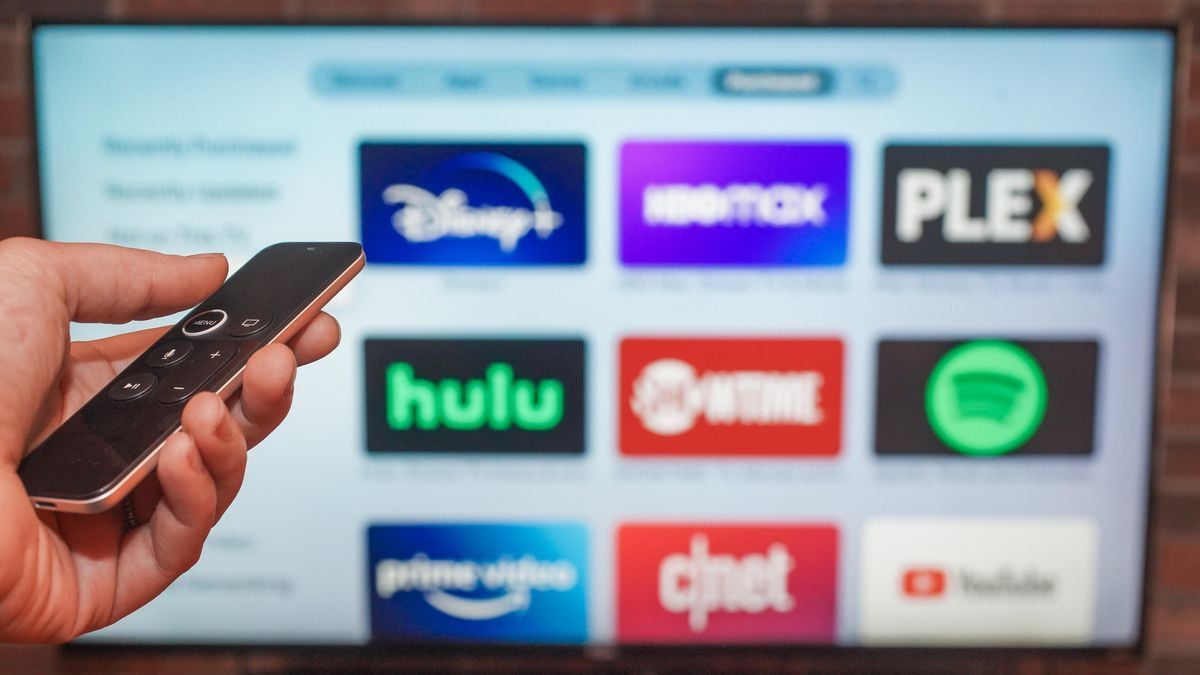
Streaming Services That Have the Most Subscriptions
In recent years, numerous industries have established streaming services, attempting to cash in on the digital media revolution and igniting the so-called “streaming wars.”
Following Netflix’s meteoric rise from a modest DVD rental firm to a household name, every media company from Disney to Apple recognized an opportunity to capture recurring profits. Similarly, the audio business has long accepted Spotify’s ascendancy, as streaming has evolved into many people’s de facto way of consumption.
However, the unanticipated COVID-19 pandemic cemented digital streaming’s stronghold, with subscription services experiencing significant growth over the last year. Although many new services were predicted to fail along the road, media subscription services had widespread growth and popularity practically across the board.
We analyzed subscription video, audio, and news services with more than 5 million subscribers to determine who came out on top and grew the fastest over the last year. The FIPP media association and individual corporate reports provide the data.
Amazon Prime and the Netflix are the leaders of Streaming services
The streaming giant pantheon’s apex exemplifies two fundamentals of business: first-mover advantage and aggregation power. Start today with Netflix by visiting Netflix Login page and find the complete process the join the world class streaming service.
With more than 200 million global customers, Netflix has established itself as the undisputed leader in digital video streaming. While the company’s customer base in the Americas has begun to plateau, its expansion in reach (190+ countries) and content (70+ original films expected for 2021) has put it more than 50 million members ahead of the nearest competitor.
The picture is similar in the audio industry, where Spotify’s 144 million users are more than double that of Apple Music’s 68 million customers.
Meanwhile, Amazon’s second place ranking as the most popular video streaming service, with 150 million customers, may come as a surprise. On the other hand, Prime Video subscriptions are included with Amazon Prime membership, which showed a large increase in usage during the pandemic.
Another distinction is the high concentration of huge streaming providers based in Asia. Tencent Video (formerly known as WeTV) in China and Baidu’s iQIYI streaming service in China have surpassed 100 million paid customers, with Alibaba’s Youku following closely behind with 90 million.

Disney Is the Industry Leader in Streaming Growth
Perhaps most remarkable is Disney’s meteoric rise to the top echelons of streaming service juggernauts.
Even though Disney+ launched in late 2019 with an underwhelming content collection (just one original series with one episode), it has rapidly grown in content and member numbers. With nearly 95 million users, it has surpassed Disney’s projected subscriber base by 2024 in less than a year.
The Disney+ wave also boosted growth for partner streaming services such as Hotstar and ESPN+, while other services with smaller subscriber bases experienced rapid growth due to the COVID-19 epidemic.
The unanswered question is how the landscape will appear once the pandemic is over and all new players have been accounted for. Peacock, for example, has surpassed 30 million subscribers as of January 2021, but the firm has not published the percentage of paying subscribers.
Similarly, competitors are investing in content libraries to catch up with Netflix and Disney. HBO Max/tv is scheduled to begin international distribution in June 2021, and ViacomCBS redesigned and enlarged CBS All Acces as Paramount+.

And worldwide expansion is critical. Three of the top six best streaming services in terms of subscribers are in China, whileALTBalaji, Hotstar, and Eros are based in India. Now, all three have seen increases in subscriber bases, with additional room to develop.
HBO and HBO Max had 45.2 million US customers at the end of the third quarter, down 1.8 million from 47 million at the end of the second quarter, WarnerMedia parent and telecommunications giant AT&T announced Thursday.
HBO and HBO Max customers worldwide increased by 1.9 million to 69.4 million, up from approximately 67.5 million at the end of June. The company stated that the global number increased “due to strong global and ad-supported subscription growth,” which compensated for the user loss caused by Amazon’s move. HBO Max premiered in Latin America at the end of the second quarter, concurrently with the launch of its advertising-supported subscription tier.
However, HBO lost almost 5 million subscribers overnight through Amazon Prime Video’s channels network in mid-September after deciding to take a short-term penalty in exchange for a longer-term direct engagement with consumers. HBO promptly launched a promotional campaign to entice those viewers back or acquire new subscriptions.
| Service | Type | Subscribers (Q4 2020) |
| YouTube Premium | Video/Audio | 30M |
| Youku | Video | 90.0M |
| Viu | Video | 41.4M |
| Tencent Video | Video | 120.0M |
| Tencent Music (Group) | Audio | 51.7M |
| Starz/StarzPlay/Pantaya | Video | 13.7M |
| Spotify | Audio | 144.0M |
| Sirius Xm | Audio | 34.4M |
| Paramount+ | Video | 17.9M |
| Pandora | Audio | 6.3M |
| Alt Balaji | Video | 40M |
| Amazon Prime Music | Audio | 55.0M |
| Amazon Prime Video | Video | 150.0M |
| Apple Music | Audio | 68.0M |
| Apple TV+ | Video | 10M |
| DAZN | Video | 8M |
| Deezer | Audio | 7M |
| Disney+ | Video | 94.9M |
| Disney+ Hotstar | Video | 18.5M |
| Eros Now | Video | 36.2M |








